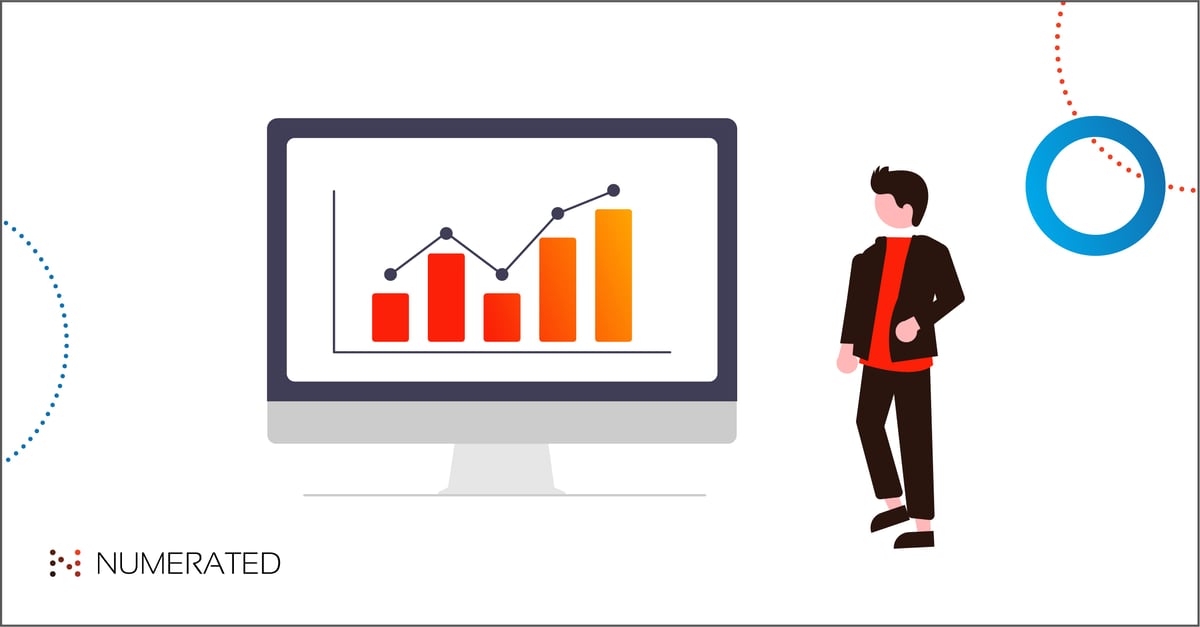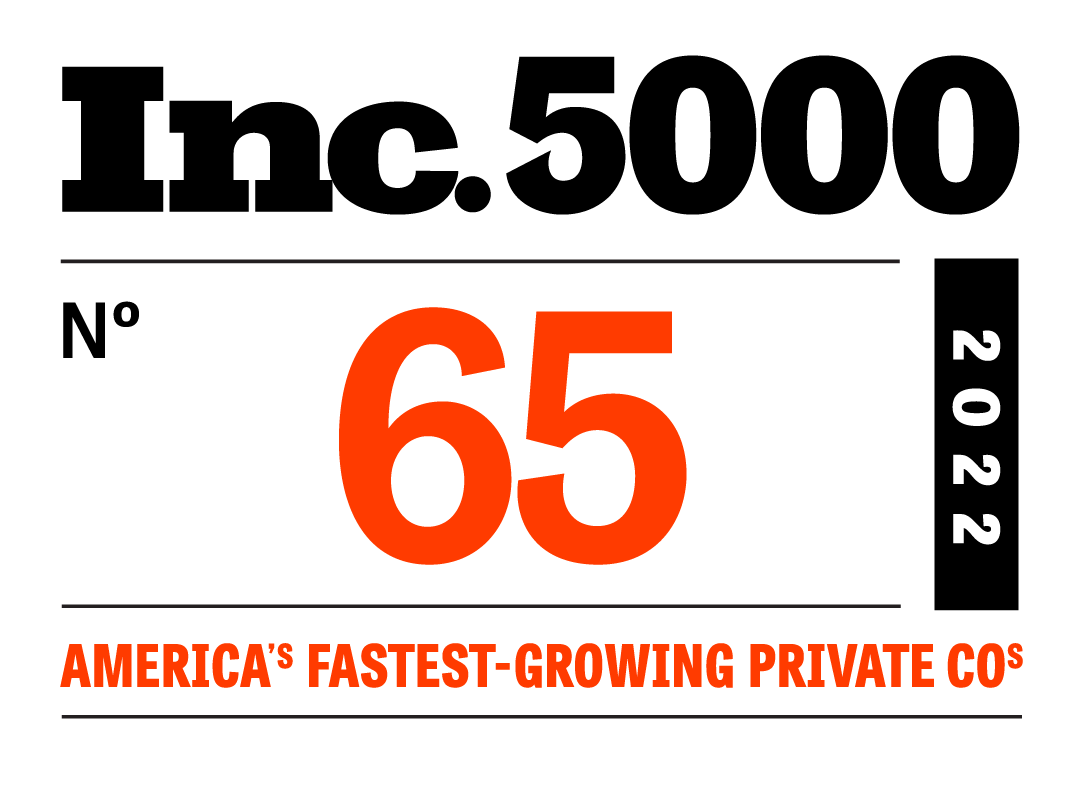
While the Paycheck Protection Program is officially over, the recovery from the worst of the pandemic continues for many businesses.
The need for capital, in this sense, could not be greater. Unfortunately, outside of PPP, lenders are facing an uncertain environment--unprecedented, even.
Today, lenders are operating in an environment where the pandemic has thrown the original kinds of risk indicators they’ve fundamentally used throughout time, into the air.
In order to meet businesses’ rising demand in the current risk landscape, many financial institutions have turned to the Small Business Administrations loan programs, like the 7(a) Express. Programs like these, as my colleague and our Head of Government Guaranteed Loan Products Meghan Parnell recently explained, help lenders “make a loan that in some way, shape, or form falls outside of their standard credit policy, but wouldn't necessarily be classified as a straight out decline.”
For banks and credit unions today, SBA lending is a great opportunity to convert part-time customers--net-new businesses that came to their institution for a PPP loan--and to expand their credit boxes without taking on additional risks.
Before PPP, businesses were far less familiar with SBA lending and financial institutions were far less likely to have resources in place to serve a wide range of SBA-qualified borrowers.
Through participating in PPP, financial institutions have built skill sets that are core to SBA lending. In fact, there are at least three ways in which PPP helped lenders build skills that will make them better SBA lenders in the future. These skills include:
- Familiarity with submitting applications to the SBA. Business loan applications can be long and complicated. This is especially true when the government is involved, as is the case with SBA-backed loans. Given the scale of PPP, more people had to learn how to key in and facilitate application submissions to the SBA. These complicated applications, outside of a pandemic and national relief program, are normally handled by a specific SBA team within a financial institution. Expanding this skillset to the rest of your bank or credit union makes your team members better equipped to serve small businesses, who are more likely to need an SBA loan as the economy continues its recovery.
- The ability to serve a wider range of businesses. PPP, for lenders that participated, was a customer acquisition moment like no other. Research shows that borrowers, unlike any time before, were willing to go outside of their primary institutions to secure these important relief loans. Community institutions like Montecito Bank & Trust, said they had as many as 300 net-new businesses come to them for a PPP loan in the last year. Many of these businesses will qualify for SBA loans--businesses that might not be on a lender's radar outside of these circumstances. Building on the good will of your PPP relationship and customers’ new familiarity with SBA loans, financial institutions are in a great position to grow with businesses that might normally be banking elsewhere.
- Experience with the technical side of SBA Lending. Established SBA lenders, as well as those who participated in the early rounds of PPP lending, are well familiar with E-Tran. E-Tran, of course, is the old SBA portal that was eventually supplanted by a better user interface. Unfortunately, SBA lending, like 7(a) Express, still leverages E-Tran and requires E-Tran credentials to process loans. During PPP, lenders had to learn how to identify and triage E-Tran error and hold codes to help get borrower’s applications to the finish line. Familiarity with this technology, and how to work around expected errors, will help bankers better assist borrowers when they apply for SBA-backed loans in the future.
The last year gave banks and credit unions the opportunity to establish and grow their SBA lending muscles--muscles that will need to be put to the test as businesses seek capital with PPP originations now shuttered.
Even for the strongest SBA lenders, leveraging the Numerated digital lending platform can help make processing SBA 7(a) Express loans faster and easier for institutions and their borrowers.
With the platform, businesses can apply for SBA 7(a) Express loans via a self-service portal, with or without the assistance of a trusted financial partner. Our solution simplifies complicated 1919 borrower forms, 1920 lender forms, and 4506-C tax forms, pre-populating data already available to a borrower’s financial institution. Numerated’s digital lending platform makes typically tedious applications easy to complete, and can even save institutions upwards of four hours on doc prep, per loan, at closing.
Learn more about how leveraging the Numerated digital lending platform can minimize the time it takes for banks and credit unions to start, submit, and process SBA Express applications, by watching our demo here.






